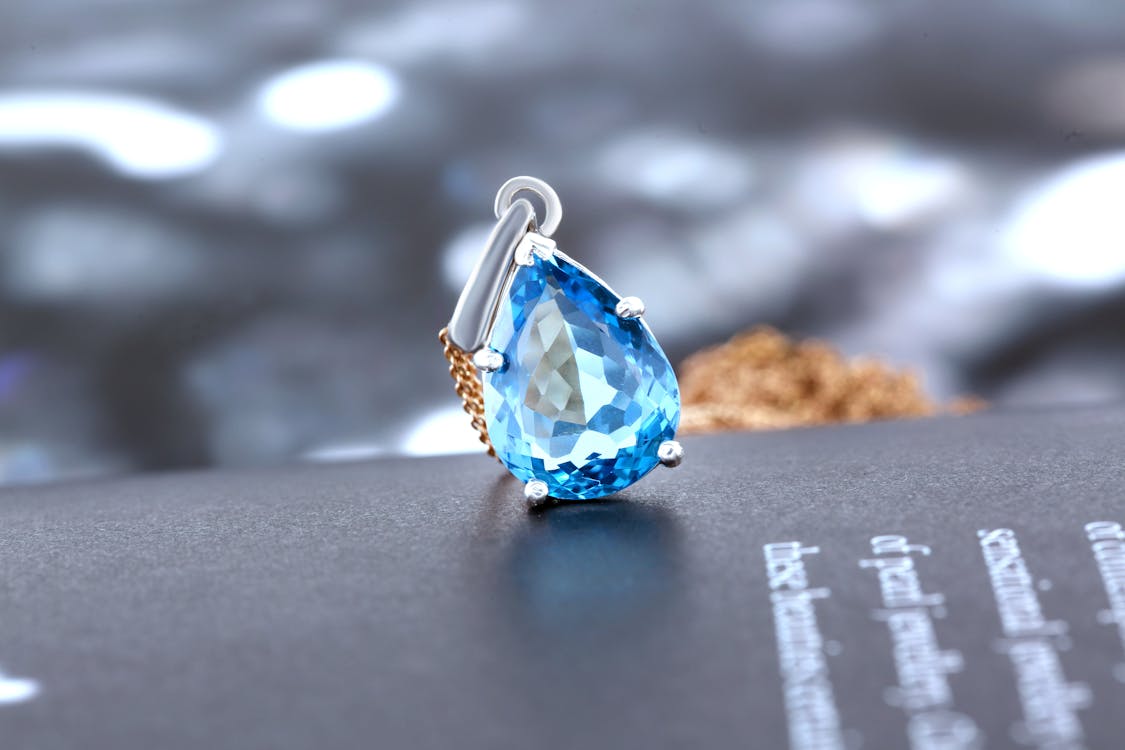10 Things To Consider Before Choosing Vinyl Plank Flooring

Vinyl plank flooring is a floor covering intended to mimic the appearance of real wood. When you’re choosing your flooring, you’ll need to consider a bunch of things such as the thickness of the vinyl and the installation method.
Vinyl flooring is gaining popularity among homeowners. This is probably because of the unique benefits it provides. It is simple to install and maintain, is a comfortable surface to walk on and is long-lasting.
Before choosing vinyl plank flooring, there are some important things to consider. We’ve listed them below.
Table of Contents
1. Vinyl Finishes
For vinyl flooring, there are 3 types of finishes, all of which provide a stunning end result.
- Vinyl no-wax finish: this is the lightest form and is suitable for areas with low foot traffic and low exposure to dirt and humidity
- Urethane finish: more robust, stronger and more resistant to moderate foot traffic and easy to clean.
- Enhanced urethane finish: This is the strongest available and can handle heavy foot traffic, is extremely scratch-resistant and enjoys a lasting luster without needing constant care.
2. Ease of Installation
Vinyl flooring installation is usually easier than other flooring materials installation. For example, a floating sheet of vinyl does not need any glue or staples. Alternatively, it is possible to simply add peel and stick caulk to a ready subfloor. It is also possible to install vinyl flooring on concrete, plywood or hardwood. It can even be used on existing vinyl, but it is not recommended if you have 2 or more layers preexisting.
3. Cost
Vinyl flooring is one of the most economical flooring choices you can choose from per square foot. On average, to have it built, you can expect to spend $2-$12 per square foot. Luxury vinyl tile is similarly low-cost, with an estimated installation cost of $3-$14 per square foot. When comparing the cost of wood, stone and ceramic walls, vinyl provides considerable cost savings.
And if you’re smart, by installing vinyl flooring yourself, you can cut costs even further. Based on the project’s size, when you perform the installation, you can expect to spend $1-$2 less per square foot.
4. Stain Resistance
Most vinyl tiling has a wear surface that can withstand stains and spills — you can receive this protection with printed vinyl tiles and sheets. However, there is no such surface protection for solid or composite vinyl tiles. As such, they are more resistant to stains and sometimes need stripping and polishing in order to keep them looking fresh.
5. Thickness
Vinyl is normally comfortable underneath your feet. Many vinyl sheets and tiles even have a padded surface that makes it easier to walk on vinyl. Vinyl floors are also often referred to as “resilient” floors. It means that when you step over them, the floors have some degree of elasticity. Luxury vinyl tiles are also quieter because they have sound-absorbing properties.
6. Maintenance and Durability
This is an area where the vinyl tiling particularly shines. Maintenance is normally a breeze. Simply run a wet mop over it to keep your flooring looking its best, after sweeping your vinyl floor to remove dirt and grit. Most vinyl floors have a “no wax” finish and after mopping will look just as fresh as the day you purchased them.
Vinyl flooring is extremely durable. When properly installed and maintained, it can last over 10-20 years. That said, for the rooms in your house that get the most foot traffic, vinyl is a great choice. However, most vinyl floors have on their surface a wear coating that prevents scratches and stains. Many vinyl products even provide wear surface warranties for up to 15 years.
7. Recommended Usage
Given that vinyl is extremely durable, it is a great choice for:
- Kitchens
- Basements
- Bathrooms
- Laundry Rooms
- Family Rooms
However, unfortunately, most flooring styles are susceptible to sun damage. Vinyl flooring can fade in direct sunlight over time. It is recommended that you draw the curtains shut during intense sunshine to cover your flooring.
8. Design
Some might argue that vinyl flooring’s design choices are its best feature; the versatility of vinyl makes it the favorite of the homeowner. With so many different vinyl flooring patterns and colors, the choices are almost infinite. For example, to create unique, random patterns, you could combine solid and composite vinyl. And consider printed vinyl. With it, without the expense of using those natural materials, you can build the look of stone or hardwood.
9. Vinyl Repairs
High-quality vinyl flooring is very durable. However, low-quality vinyl can be susceptible to rips and tears, and refinishing it can be a challenge. In particular, this is especially true if you are using sheet vinyl. Because vinyl flooring cannot be refinished, once damaged, it needs to be removed and replaced.
10.Warranty
For a few reasons, the warranty is significant. First, it determines how well the flooring is being secured. Second, it defines how the flooring in your home will need to be installed
Many guarantees require them to be installed by a skilled contractor, particularly for products of commercial quality. If that’s the case, before you pursue a DIY project, you’ll want to know.
You should always check the planks before installing any floor to ensure that there are no manufacturer defects. Once you have started installing, you have accepted the planks ‘ condition!
Your floor protectors are another consideration with warranties. Many warranties are not going to cover dents in vinyl flooring due to the use of the incorrect floor protectors. Before it’s too late, remember this.
Given all the benefits vinyl plank flooring provides, such as its durability and flexible edge trim, you know it is a good choice for your floors. Just remember to pay heed to all the considerations mentioned above.
Author Bio:
Greg Amundson is the founder and creator of InstaTrim & have been working in the home construction industry for 30+ years and have always had a passion to make DIYers’ life easier by developing products like white vinyl adhesive strips, brown PVC corner trim, grey PVC corner trim, etc.





